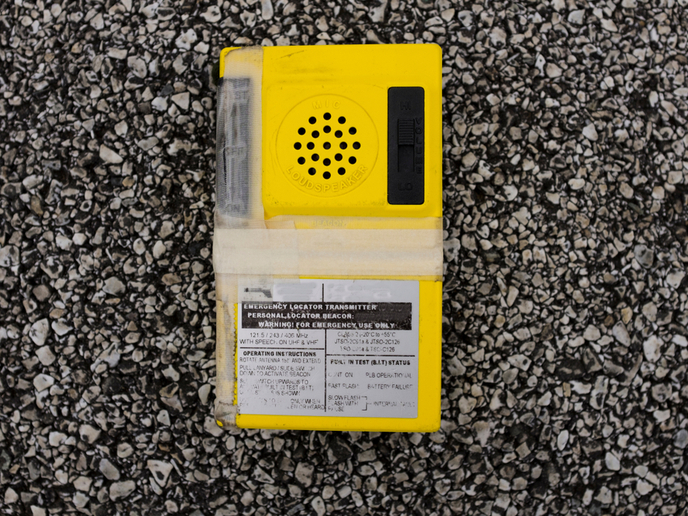Next-generation distress beacons will use Galileo satellite-based search and rescue capability
Emergency beacons, which have been used by ships, airlines and hikers for over four decades, play a crucial role in search and rescue (SAR) operations. These can be activated in life-threatening situations and help detect the location of distressed individuals anywhere on Earth. Thanks to the EU-funded HELIOS project, personal locator beacons (PLBs) will benefit from improved positioning accuracy. PLBs are handheld devices utilised when an individual is in distress and unable to access normal emergency services such as police. Project coordinator Orolia has recently launched the upgraded McMurdo FastFind 220 and Kannad SafeLink Solo PLBs that incorporate the Galileo Global Navigation Satellite System (GNSS), as stated in the news section(opens in new window) of the project website. According to a news item(opens in new window) on the European Global Navigation Satellite Systems Agency (GSA) website, “Orolia multi-constellation capable beacons work with a wider range of satellites, offering increased global coverage and supporting accelerated rescue. Location detection is more precise because the beacons receive coordinates from both Galileo and the GPS [global positioning system] constellations, and signals can even be detected in difficult locations, such as canyons.” Next generation of SAR applications Quoted in the same news item, GSA Executive Director Carlo des Dorides says: “The fact that this is the world’s first Galileo-enabled personal location beacon is in itself a significant milestone.” The medium-altitude Earth orbit SAR (MEOSAR) system, which includes Galileo satellites, provides “near instantaneous global coverage with accurate independent location capability”, as stated by the European Commission(opens in new window). MEOSAR is part of the International Cospas-Sarsat Programme that has helped save over 43 000 lives since its launch in 1982. The Cospas-Sarsat also includes satellites in low-altitude Earth orbit (LEO) that form the LEOSAR system, and satellites in geostationary Earth orbit (GEO) that constitute the GEOSAR system. The HELIOS (Second Generation Beacon for GALILEO/EGNOS EGNSS Search And Rescue applications) project was set up to develop a new range of beacons, “including an Emergency Locator Transmitter (ELT), an Emergency Position Indicating Radiobeacon (EPIRB), a Personal Locator Beacon (PLB) and their associated antennas, all compliant with the Cospas-Sarsat international standards,” according to the project website(opens in new window). “These new distress beacons are fully compatible with the satellite-based SAR distress alert detection,” as well as MEOSAR, Galileo and GNSS. The inclusion of a Return Link Transmission component in the Galileo SAR service to inform the sender that the distress message has been received will also be another important feature of the next-generation beacons. ELTs are used to broadcast aircraft distress while EPIRBs are typically employed to alert SAR services in case of an emergency out at sea. Project partners hope that the ELT that is compliant with the Global Aeronautical Distress and Safety System requirement of the International Civil Aviation Organization “will be applicable to new aircraft with take-off mass greater than 27 000 kg beginning January 1, 2021,” as noted on project website. For more information, please see: HELIOS project website(opens in new window)
Countries
France



